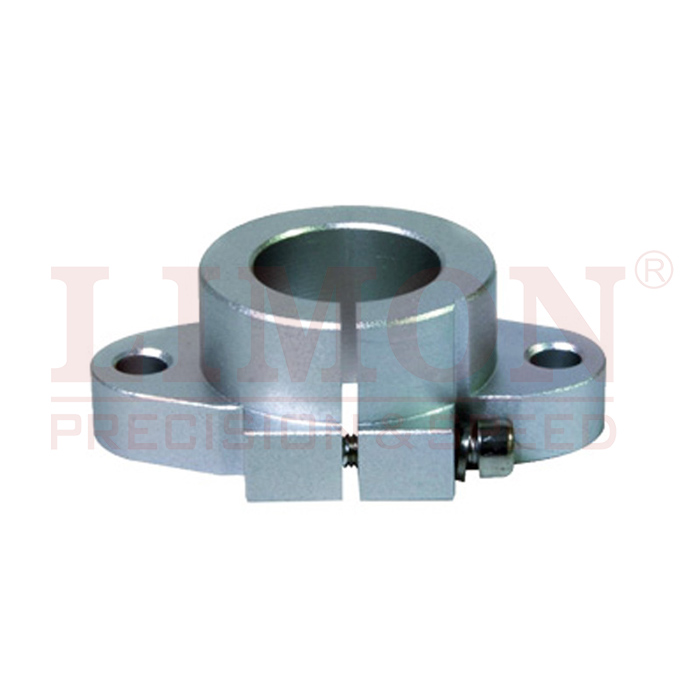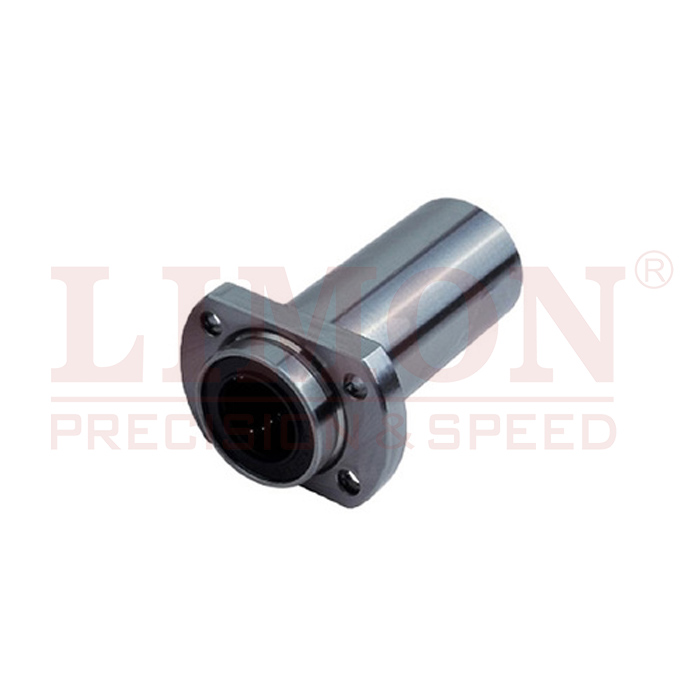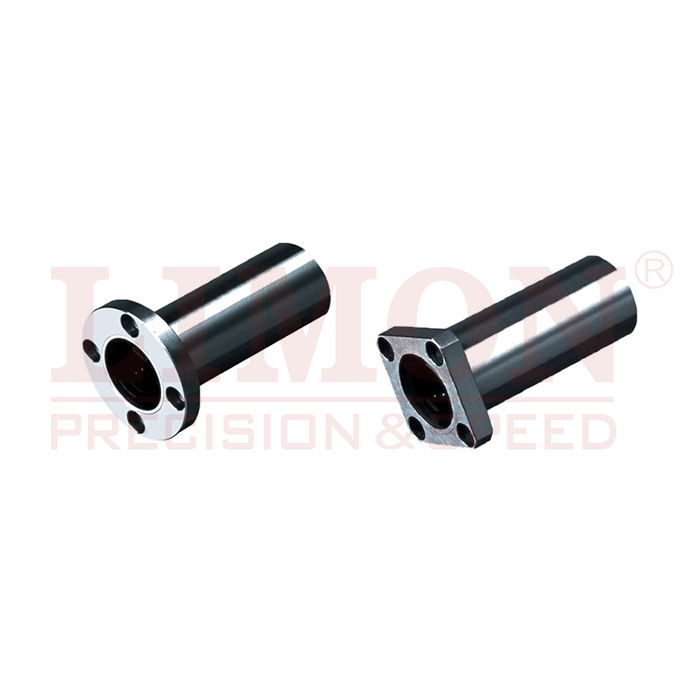When your operation hinges on precision and smooth motion, linear bearings are the unsung heroes behind the scenes. Whether you’re designing automated systems or fine-tuning CNC equipment, knowing how to extend their lifespan—and fix them when things go south—is mission critical.
Normal Life of Linear Bearings
Expected Lifespan Based on Load and Conditions
The life of linear bearings is heavily influenced by load, speed, environmental conditions, and—let’s not forget—your maintenance game. In most industrial settings:
High-quality linear bearings can last tens of thousands to hundreds of thousands of cycles.
Average service life runs 1 to 5 years under continuous use.
Manufacturers typically offer L10 life expectancy data, which reflects 90% reliability based on dynamic load ratings.
Think of it like this: treat them right, and they’ll be the workhorses of your operation.
Factors That Shorten Linear Bearing Life
Common Culprits Behind Premature Wear
Even the best bearings throw in the towel early if the conditions aren’t ideal. Watch out for:
Overloading: Going beyond the rated capacity is like bench pressing without a spotter—things break.
Contamination: Dust, debris, or moisture can sneak in and start grinding your profits away.
Insufficient lubrication: A dry bearing is a slow death; friction builds and life expectancy plummets.
Misalignment: Improper installation = uneven load distribution = bad news.
High-speed operation without adequate lubrication: Say hello to overheating.
Corrosion: Exposure to chemicals or water? Game over for the inner raceway.
If you’re running a lean supply chain or a Shopify dropshipping setup, these principles still apply—just swap the bearings for fulfillment logic.
Causes of Linear Bearing Movement Noise
What That Weird Noise Really Means
Unusual noises are more than annoying—they’re warning signals. Listen closely:
Squeaking or grinding: Usually screams lack of lubrication.
Clicking or scratching: Probably contaminants in the mix.
Rattling or knocking: Classic sign of bearing wear.
Irregular noise patterns: Could be misalignment or preload imbalance.
Pro tip: Silence is golden when it comes to linear motion systems.
Troubleshooting Linear Bearing Jamming
Step-by-Step Fixes for a Frozen Guideway
If your linear bearing gets jammed, don’t panic. Diagnose like a pro:
Inspect for contamination: Clean out any debris or foreign particles.
Lubricate appropriately: Apply the correct grease or oil—never skip this.
Check alignment: Ensure guide rails and bearings are precisely aligned.
Look for damage: Cracks, deformations, or spalling? Time for a replacement.
Assess load: Too much weight will lock things up. Know your limits.
Replace if necessary: Sometimes, there’s no fixing what’s fried.
Troubleshooting is about staying methodical. Think Sherlock Holmes in safety goggles.





